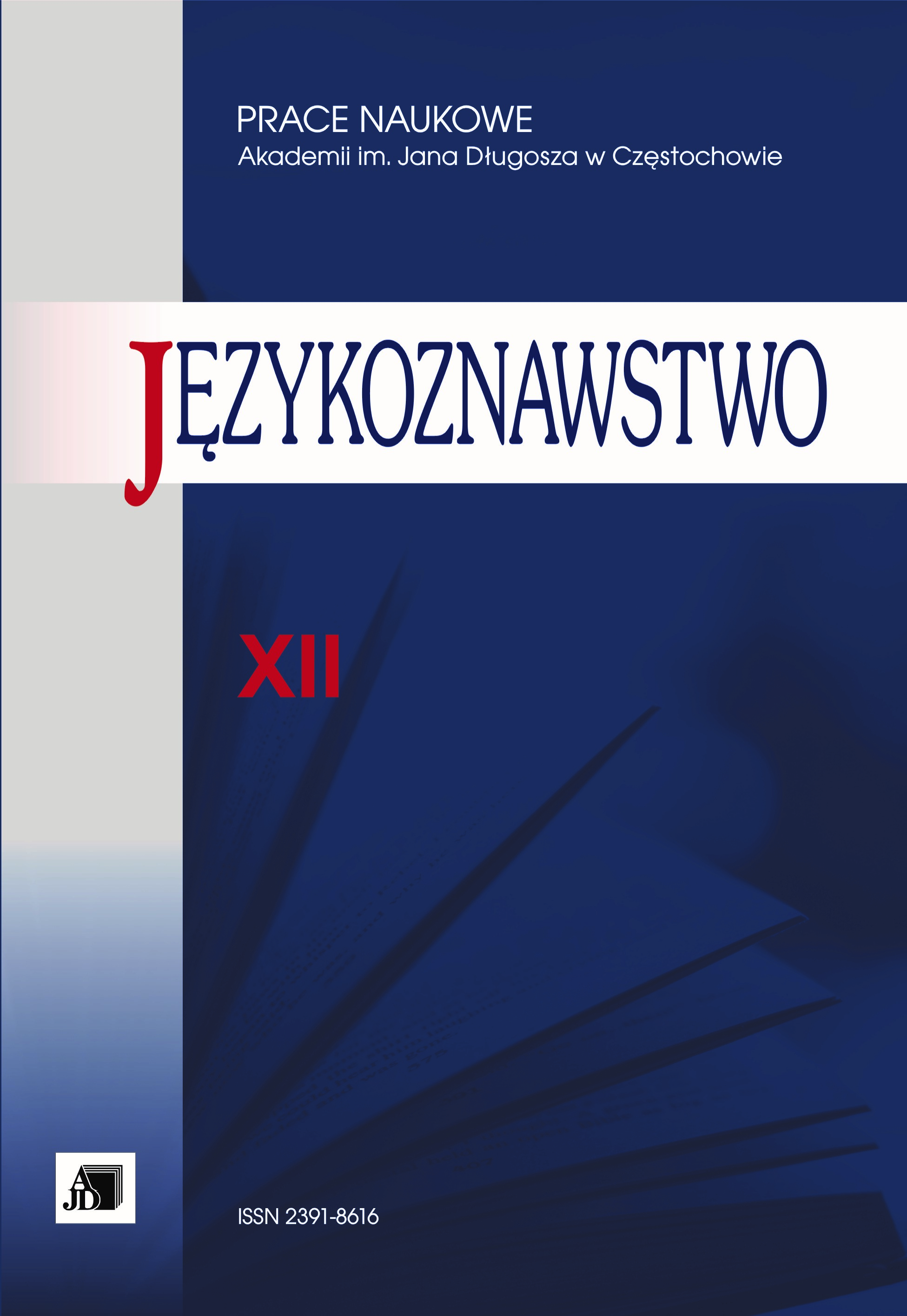Myths in Media Communication
Myths in Media Communication
Author(s): Yevhen TsymbalenkoSubject(s): Theoretical Linguistics, Applied Linguistics
Published by: Uniwersytet Jana Długosza w Częstochowie
Keywords: myth ; media communications ; mass communication
Summary/Abstract: Relevance of the study. Modern media communications are filled with myths. These myths reflect structural modifications and content modifications as well as communication understanding process. Main objectives of the study. The article attempts to clarify what constitutes the myth communication and media communication activity. It also systematizes and comments the most common dual myths in media communications. Methodology. For achieving the objectives, there were used such methods as systematization (for a review myths as an integrated media communication system), comparative (for a comparison of theses and hypotheses about myths in the media); logic and semantic analysis (for a building of own concepts, identification of semantic relations between them and verification of the selected myths adequacy), etc. Results. The author explains and reasons why nine groups of myths in media communications were selected. Most myths are based on the transformation processes in communication, resulting the changes of established media and mass communication activities idea. Conclusions. Transformation in media communications is a process of modification of approaches to media understanding and all related events, practices of production, distribution, consumption of media and how they diversified selection of individual mass audience. The basis of most transformation processes is mostly the result of technological innovation shifts in the economics, geopolitics, communication, sociology. This broad coverage of different sectors and industries usually does not provide unity of theoretical and conceptual approaches to forecasting the prospects of main developments implementation in practical terms, and as a result, sometimes appear diametrical communication phenomena: convergence – divergence; massification – demassification; globalism – localization (and as a result “glocalization”); universalization – personification; oral – written (and, consequently, oral-written speech); analog communication – digital communication (digitization); reality – virtuality; professional – amateur (citizen) journalism. Interactivity is allocated as a unique myth because digital nature of the information exchange a priori involves the interaction between man and machine.
Journal: Prace Naukowe Akademii im. Jana Długosza w Częstochowie. Językoznawstwo
- Issue Year: 2017
- Issue No: XIII
- Page Range: 115-133
- Page Count: 19
- Language: English

